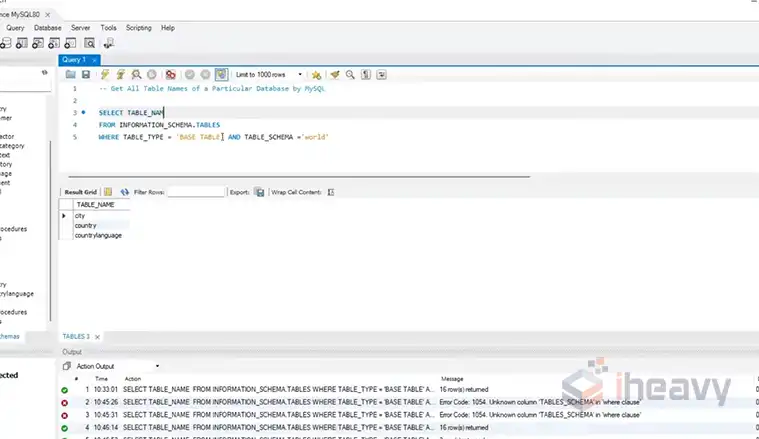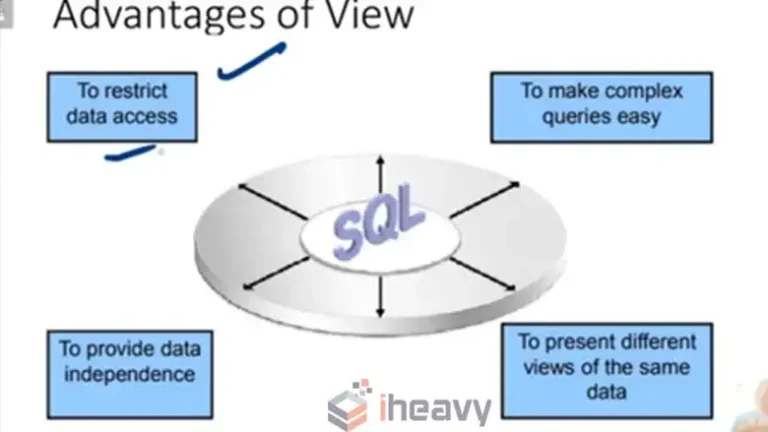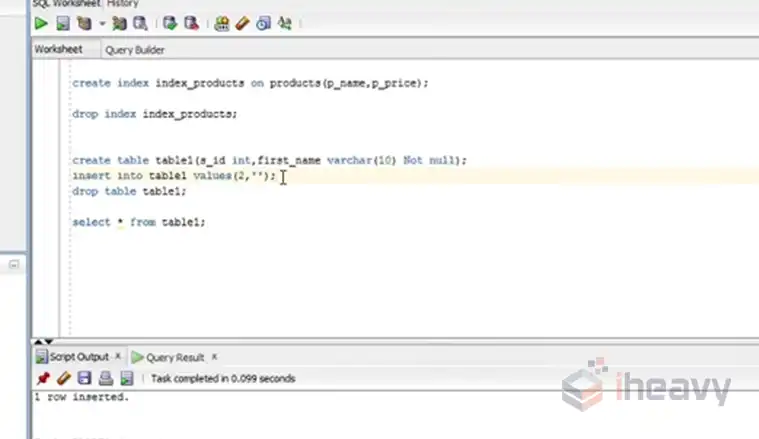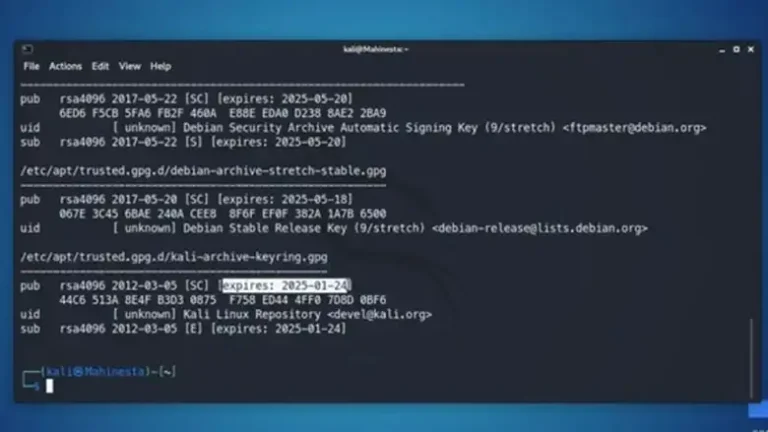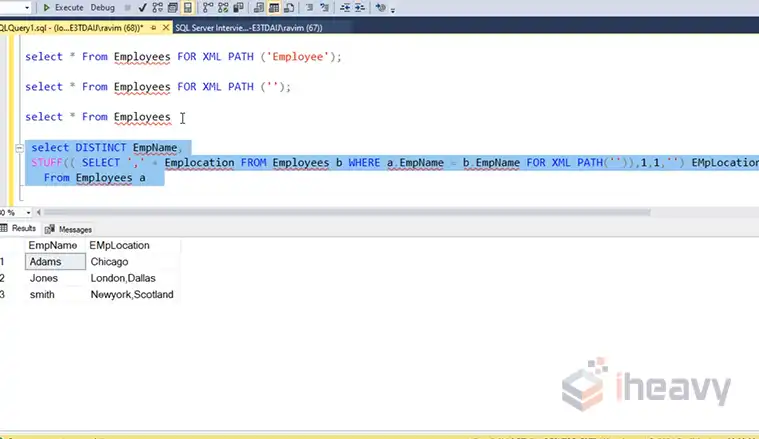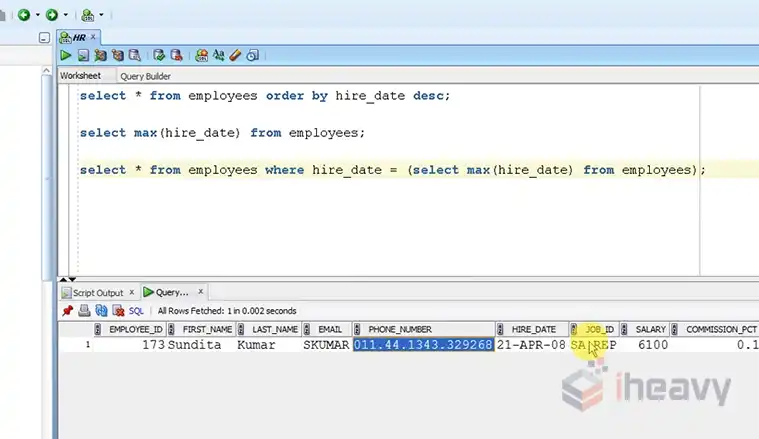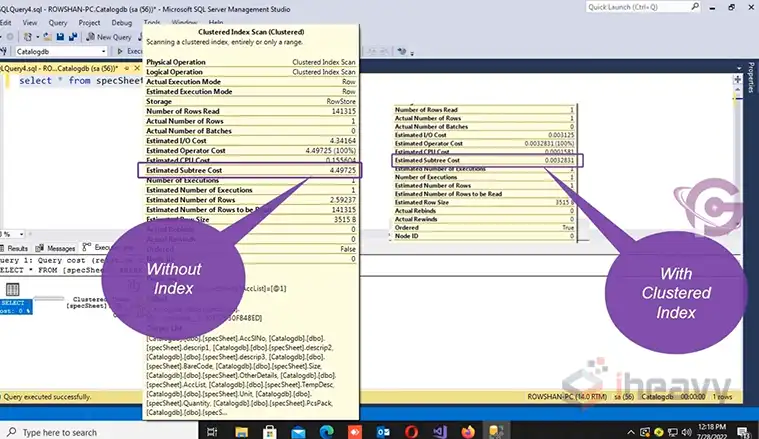How to List All Tables in a Database
In database management, understanding how to list all the tables within a database is a fundamental skill. Whether you are a database administrator, developer, or data analyst, knowing which tables exist in your database is crucial for managing data effectively. This article explores different methods to list all tables in a database across various database…

